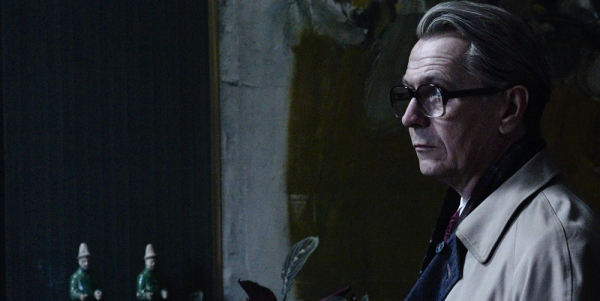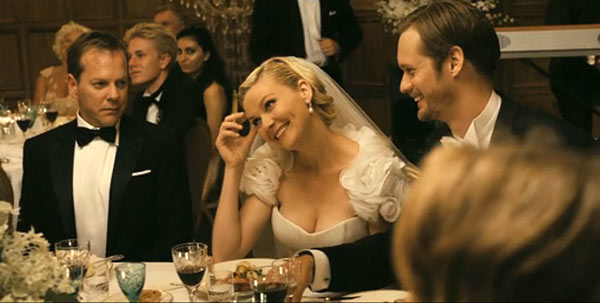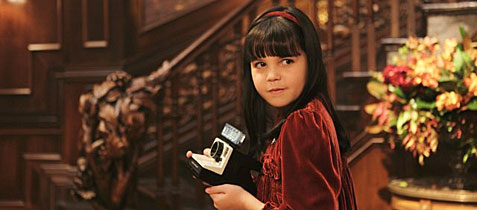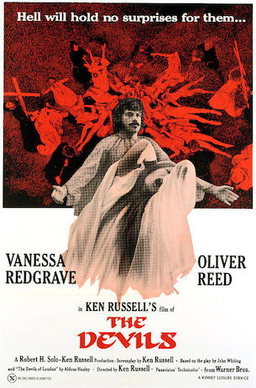First, a few that didn’t make my top 5 but still have to be checked out. In no particular order: Kill List, The Artist, Le Quattro Volte, The Woman, Bridesmaids, Rango, The Skin I Live In, Submarine, We Need To Talk About Kevin, The Girl with the Dragon Tattoo, Archipelgo and the first 40 minutes of Insidious.
And while I'm sticking my two-cents in, my vote for the 'Most Overrated Film of 2011' is a tie between The Tree of Life and Take Shelter. The Tree of Life was a pretty bore whilst Take Shelter was pretty boring.
5. The Deep Blue Sea: Terrence Davies' seventh full length feature is also one of his best. An adaptation of the play by Terrence Rattigan, The Deep Blue Sea set 'around 1950' follows Hester (Rachel Weisz) as she leaves her dull, wealthy husband William (Simon Russell Beale) for the passionate Freddie (Tom Hiddlestone). Whether her choice was guided by a lust for love or need for passion, Hester soon finds herself in a desperate situation as characters find their own definitions of love soon to be in conflict with each others. Heartbreaking, beautiful filmmaking, Davies has creating another glorious time capsule as he captures the era perfectly, leaving you wishing for the return of the old fashioned pub sing-a-long. As stunning and classy a piece of cinema as you're ever likely to see.
4. Midnight in Paris: Grossing just over $53 million, Midnight in Paris leapfrogged Hannah and Her Sisters (1986) to become Woody Allen’s most financially successful film to date. That may not be saying much in a year that saw Transformers: The Dark of the Moon steal just over $1 billon but this year saw Woody Allen make what some see as a long awaited return to form. Whilst I’m a huge fan, even enjoying recent flops like Scoop (2006), Cassandra’s Dream (2007) and Whatever Works (2009), Midnight in Paris is his best film since Mighty Aphrodite (1995) and without a shadow of a doubt, the most magical cinema experience of the year.
3. Tinker Tailor Soldier Spy: The best British film of the year featuring the best actor of the year in Gary Oldman, Tomas Alfredson’s Tinker Tailor Soldier Spy is a tense 127 minutes that slowly gets under your skin. Called out of retirement to find a Soviet mole lurking in the smoke stained offices of MI6, Oldman plays George Smiley, a man both doing his job and coming to terms with the idea that some of his closest colleagues may be capable of the deepest form of betrayal. Swapping car chases, shoot outs and adventure for tense silences, stony faces and the best office Christmas party ever committed to celluloid, Alfredson has surpassed the achievements of his last masterpiece (Let the Right One In) and created a very special film indeed.
2. Melancholia: Lars Von Trier is something of an acquired taste. Responsible for the most depressing musical of all time (Dancer in the Dark (2000), the dullest Nicole Kidman movie, itself hotly contested accolade (Dogville (2003) and the most shocking film to creep into mainstream cinemas (Antichrist 2009), he is a unique genius at best and a pretentious bore at worst. Even if you like his films, he’s a difficult character to warm to in person, especially after claiming he ‘understands’ and ‘sympathises’ with Adolph Hitler. Remarks that saw him thrown out of the Cannes Film Festival. Of course, this was a joke and like most public comments he makes, wasn’t to be taken seriously. Whether or not you buy the notion that Melancholia is based on his own battle with depression doesn’t matter because the film itself is a true classic. One thing that has always marred Von Trier’s work has been its tendency to fall into long, dull patches, a prime example being Antichrist, a film that’s more shocking moments were linked together by at least an hours worth of yawn. Fortunately, Melancholia breaks this tradition with a passion. Starting with a breathtaking end of the world sequence, the film then darts back in time and splits into two sections. The first ‘Justine’ rivals the opening of The Godfather (1972) for the title of cinemas greatest wedding (it’s at least its funniest) whilst the second, ‘Claire’, is a tense, dread filled wait for the apocalypse that slowly puts the fear of God into you. One of the best experiences I’ve had in a cinema for years (and if you can see it in a cinema – DO!), Melancholia is Von Trier’s best film yet and left the audience I watched it with pinned to their seats long into the end credits thanks to a horrific final image that I still can’t shake.
1. Black Swan: Yes, the first film I saw this year, (and my first review for this blog) simply hasn’t been bettered. There’s not much more to say that I haven’t already said in my earlier post (http://weneedtheeggsbpl.blogspot.com/2011/01/black-swan-review.html) but on this form, Darren Aronofsky’s next project, an adaptation of the biblical tale of Noah’s Ark, looks set to violently trump the last attempt at filming the story, an attempt made by Evan Almighty (2007), which in all fairness wasn’t terrible, just more of a shame.






























